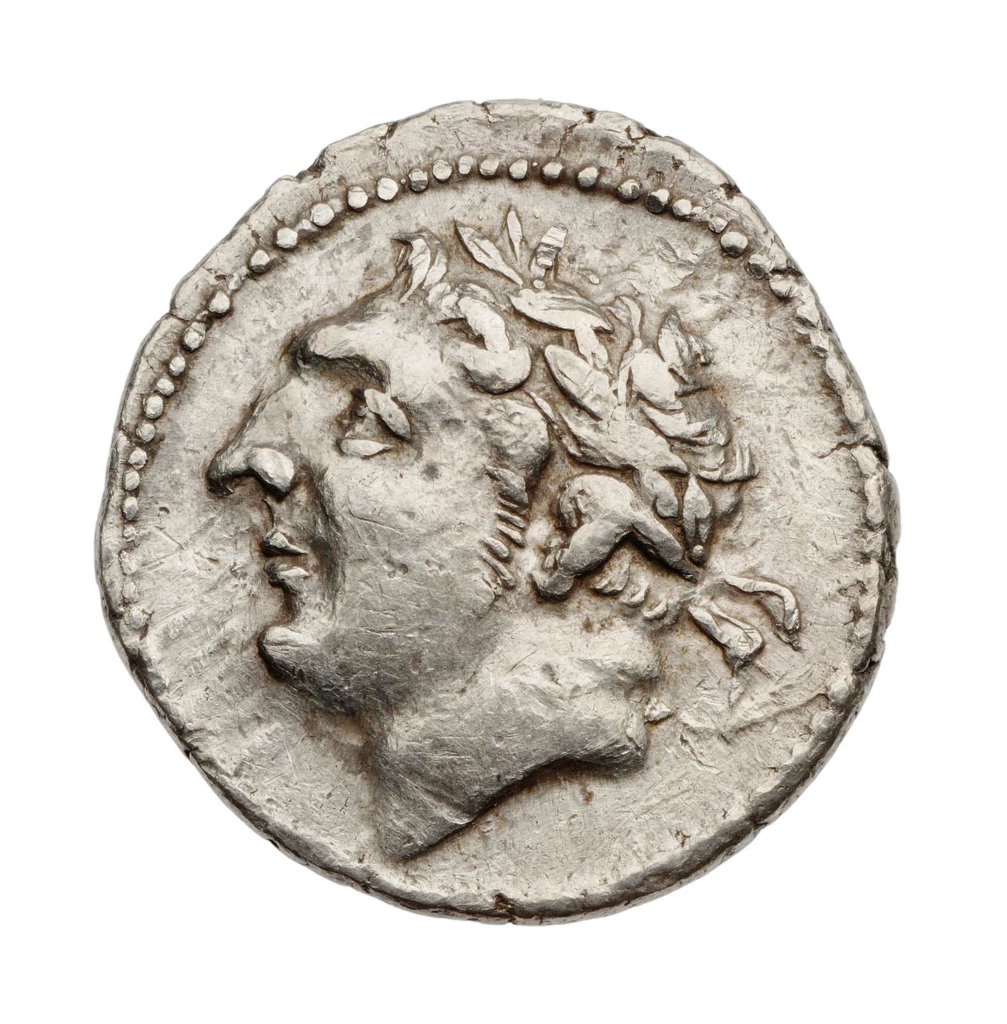I had taken advantage of a flash sale a fortnight ago in conjunction with Simon's birthday. I purchased the digital PDF and the print copy. Simon also threw in a pack of MDF counters for the game.
I've been a long-time follower of his blog, the BigRedBatCave (which features scads of beautifully painted miniatures) and have been eyeing his new ruleset for a while. It also didn't hurt that Simon's based in Muswell Hill and I went to primary school there. Muswellian wargamers unite!
To the Strongest! (TtS!) heartily reflects what I now look for in gaming in general and wargaming in particular.
The rules need to be fast and intuitive, accommodate multiple players, be flexible in basing, whilst carrying enough flavour to reflect the tactics and quirks of the historical armies.
This last point requires scope for toolbox tinkering to reflect emerging or contested historical research. The actual performance of the manipular Republican legion or the regularity of actual Iberian warfare in C3rd-2nd B.C., come to mind as areas of ongoing debate and experimentation. Some rulesets are intentionally open-ended and customisable, others - given the expectations of tournament play - have a particular interpretation locked in which may be hard to modify before an official update comes along.
The more I learn about ancient military history the more it is clear that the best companion to the foundations built on educated guesswork and harder archaeological and literary evidence is an openness to testing and experimentation, such as can be seen in Sabin's Lost Battles.
This leads to another attractive feature of TsS! Simon has primarily been using it to stage re-fights of historical battles and scenario play is of particular interest to me.
Given that I already enjoy Hail Caesar and Commands & Colors: Ancients (CC:A), TtS! is appealing because it has elements similar to both. It shares Hail Caesar's multi-player, casual play approach along with representing troop particularities through succinct special rules that are readily open for tweaking. It echoes the card play, grid movement, and victory tokens of CC:A, which combine unpredictability, excitement, and speed.
Cutting out the measuring tape in favour of grid movement has raised accusations of being more boardgame than wargame (as in Rick Priestley and John Lambhead's new book on Tabletop Wargaming), but it does make for speed and eliminates the harpy of geometry.
 |
| The above are from the most recent restaging of Raphia that Simon has done with To the Strongest! More on his blog. |
Deployment and initiative advantages for Scouting are another nice recognition of the grand tactical role of light cavalry and light infantry, along with cunning generalship.
Since my 28mm army is still very much in the process of delivery and construction, I'm hoping to test drive the rules with my CC:A blocks and some gridded paper. A fuller review will have to wait until then.
I will close by saying that Simon's service was outstanding and prompt. The digital rules were emailed to me within hours of payment, and the print edition popped into the post on the next business day and arrived in less than two weeks in Malaysia. Turns out that I'm the first customer in Malaysia. Let's see if that changes once my Punic project rolls out.
Simon was also kind enough to mail me a copy of an 'experimental' army list for the Polybian legion that reflects some recent debates in the Society of Ancients. (Some of the online discussion can be read here). It should be noted that the army lists for TtS! are all available as free downloads from Simon's online shop. This is a very affordable ruleset, the production quality is very good, reads well and is chock full of stunning pictures of miniatures.



















